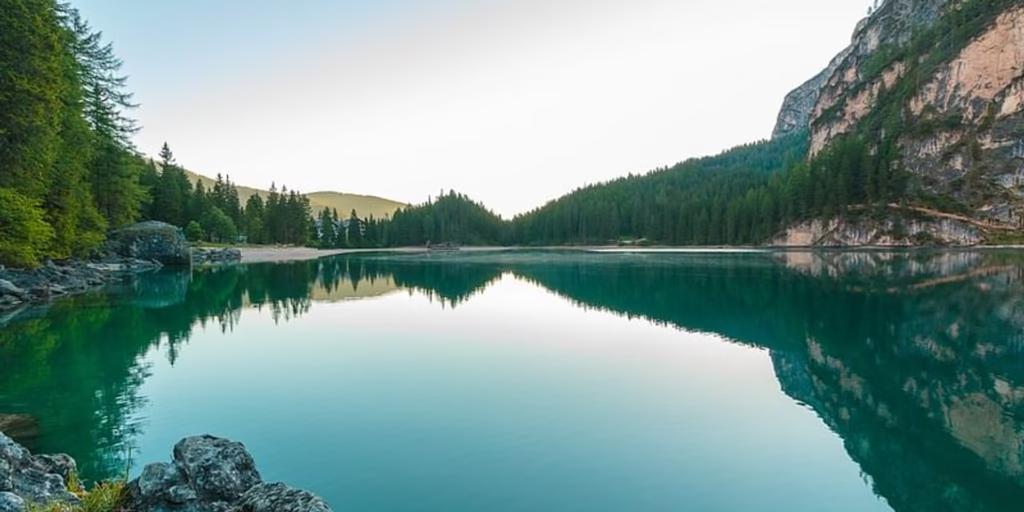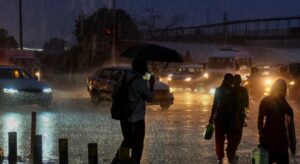Which Water Animal Never Drinks? The Answer May Surprise You!

Which Water Animal Never Drinks? The Answer May Surprise You!
Water is essential for survival, yet one fascinating creature defies the norm by living in water without ever drinking it. This unique amphibian is none other than the frog! Unlike most animals, frogs do not sip or lap up water—instead, they absorb it directly through their skin.
How Do Frogs Stay Hydrated?
Frogs have a special adaptation known as cutaneous absorption. Their porous skin acts like a natural sponge, allowing them to absorb moisture directly from their surroundings. This built-in hydration system eliminates the need for drinking water, making them one of nature’s most remarkable survivors.
Breathing Through Their Skin
Frogs possess another extraordinary ability: respiration through their skin. While they use lungs to breathe on land, when submerged in water, they rely on their skin to extract oxygen. This adaptation enables them to stay underwater for extended periods without coming up for air.
Surviving in Dry Conditions
What happens when their environment lacks water? Some frog species secrete a sticky, mucus-like coating on their skin to retain moisture. This adaptation allows them to survive in arid conditions, preventing dehydration even in challenging climates.
Frogs and Their Ecological Importance
Beyond their unique biological features, frogs play a crucial role in maintaining ecological balance. As both predators and prey, they help regulate insect populations while serving as food for larger species. Their presence in an ecosystem is a strong indicator of environmental health.
Final Thoughts
Frogs continue to amaze scientists and nature enthusiasts alike with their unique survival strategies. Their ability to hydrate and breathe through their skin showcases nature’s incredible adaptations. Understanding and preserving these amphibians is essential for maintaining biodiversity and ecosystem stability.












